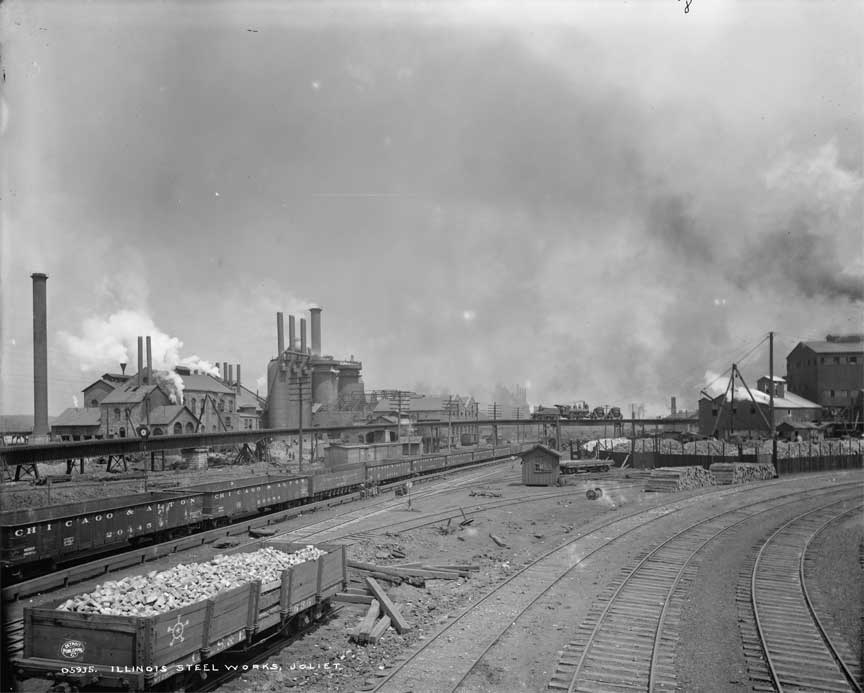1952 Court Rules Steel Seizure Illegal

Steel Factory
President Truman had used his emergency powers to seize the steel mills in the face of a pending strike. The Supreme Court ruled that the President had exceeded his powers when he did so.
On December 31st, 1951, contracts between the major steel industries and the United Steel Workers Union expired. Talks between the two sides were stalemated. At Truman's request, the steelworkers continued to work, as the contract-dispute was turned over the to the Wage Stabilization Board.
On March 20th, the board and the union agreed on a settlement, which the steel companies rejected. A strike deadline was set for April 9th. The steel companies demanded a rise in steel prices -- an increase greater than the administration would allow. The White House tried to reach an agreement; when it failed it seized the steel mills two hours before the beginning of the strike.
The government claimed that the seizure was necessary in accordance with the needs of national defense (the Korean War was in progress at the time). Government attorneys claimed unlimited inherent presidential power. The steel companies contended that the seizure was illegal, primarily since the president had not used an existing statute in the Taft-Hartley Act, which could have delayed a strike.
On June 2nd the Supreme Court upheld the view of the steel companies and ruled the seizures illegal. Court Decision
 >
>